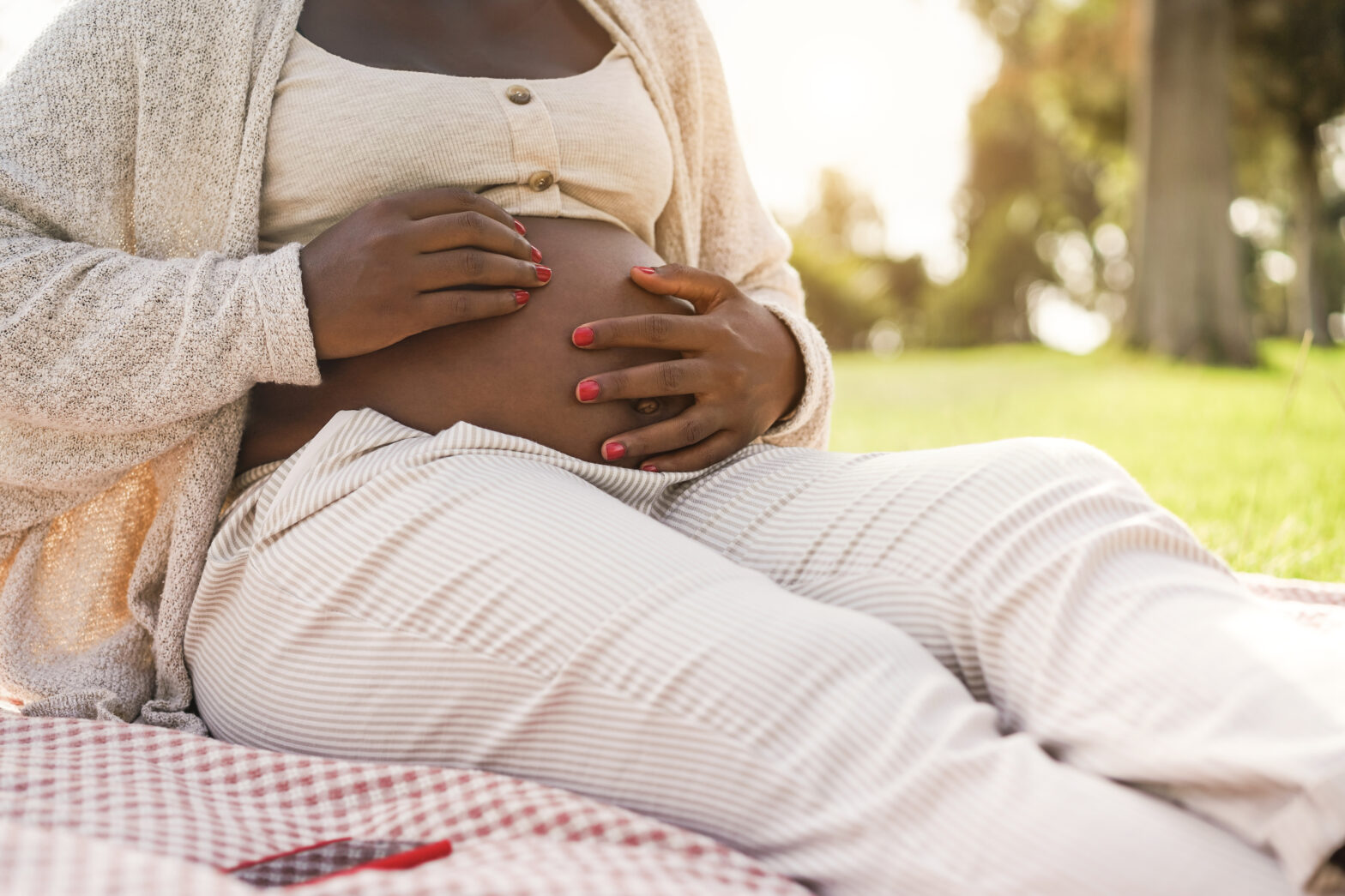 By Hima Patel, Manager, Family Planning Integration, Global Initiatives Team
By Hima Patel, Manager, Family Planning Integration, Global Initiatives Team
Today, 650 million girls and women were married as children, and currently over 1 in 5 girls are married before the age of 18. Many donors, international and civil society organizations, and others have advocated for and allocated resources to end child marriage, which has led to reductions in this practice, particularly in South and Central Asia. However, it’s important to remember that even as rates of early marriage decline, the absolute number of adolescent girls who are subjected to child marriage is likely to increase, as the overall population of adolescents grows. What’s more, COVID-19 appears to have reversed many of the gains made in previous years, and around 10 million additional girls are expected to marry by 2030 due to the pandemic’s social and economic disruptions.
Child marriage goes hand in hand with early childbearing. Ninety percent of all adolescent births in 2015 occurred in marriage, with most adolescent childbearing taking place in low- and middle-income countries. In South Asia, nearly all adolescent childbearing occurs in marriage, in part due to powerful social norms, the promise of financial security, and the persistence of arranged marriages in the Indian subcontinent where girls may be married shortly after puberty. In Latin America and the Caribbean (LAC) and sub-Saharan Africa, adolescent childbearing occurs mostly in marriage/union, but a significant number of adolescent girls become pregnant and give birth outside marriage/union.
Extramarital pregnancies may end in abortion, and in countries where abortion is illegal adolescent girls are more likely than older women to seek unsafe abortion providers. Anecdotal evidence also suggests that married girls who become pregnant immediately after giving birth may also seek an abortion. Globally, young women and girls account for nearly one-third of all unsafe abortion-related deaths each year worldwide, with 15% of all unsafe abortions taking place among adolescents ages 15-19. Adolescents are particularly vulnerable as they are more likely to delay seeking an abortion (whether illegal or legal), as well as lifesaving post-abortion care. Worldwide, complications from pregnancy and childbirth remain the number one cause of mortality among girls 15-19.
The health and social consequences of early childbearing for adolescents and their children are well documented, whether the pregnancy occurs within marriage or not. Given the tremendous amount of resources and rhetoric that has been devoted to reducing teenage pregnancy over the past 25 years, it is disheartening to learn from a recent Population Reference Bureau analysis that the share of all births to adolescent mothers is practically unchanged and that adolescent fertility has declined at a lower rate than that of older women.
At FP2030, we are supporting countries to develop new commitments to ensure that women and girls have access to contraception and can use it. Importantly, all commitment makers are encouraged to incorporate strategies and approaches that address the sexual reproductive health (SRH) and family planning (FP) needs of all adolescents and youth. Yet, to date, few countries — even those where rates of early marriage are high — have articulated specific strategies and activities for adolescents who are in marriage/union or first-time parents, even though early pregnancy is most common among this group of adolescents and young people.
In fact, the SRH and FP needs of married and parenting adolescent girls are not that different from those of unmarried sexually active adolescents, save that their rationale for using contraception is more for spacing than prevention. In too many countries, however, this group of adolescents is overlooked, falling between programs that focus exclusively on unmarried adolescents and youths or adult mothers and babies.
Addressing this nexus between programs aimed at adolescents and young people and programs focused on maternal and child health is a significant opportunity to better address the needs of all sexually active adolescents, whether unmarried, married/in union, or parenting, across a continuum of care and services. Too often, girls who marry or become pregnant are seen as programmatic failures by adolescent and youth programs or child marriage prevention programs, whose scarce resources are primarily allocated to preventing early marriage or pregnancy.
We should not label these girls as “lost.” Instead, we should consider the opportunity for second chances, so that these young women develop the capacity to fully contribute to their communities. This should include supporting married/parenting girls to continue their education or obtain employable skills. And providing quality SRH/FP services and other services, such as mental health support, can help them to delay a subsequent pregnancy so that they can complete a course of study or gain other opportunities. While the health sector plays an important role in meeting the health needs of married adolescents and first-time parents, a more comprehensive and multisectoral approach is essential to creating these second chances.
Perhaps the most important approach is to raise the visibility of this population of young women by compiling more data and evidence on health and social outcomes among young women and their babies and using this information to advocate for greater attention and resources to be allocated to this vulnerable yet overlooked group of young people. A key resource that can support this effort is the most recent report from Girls not Brides called Supporting Married Girls, Adolescent Mothers and Girls Who Are Pregnant. Quite simply, we can do more to reduce adolescent childbearing and fertility by putting married adolescents and first-time parents at the center of our efforts.
